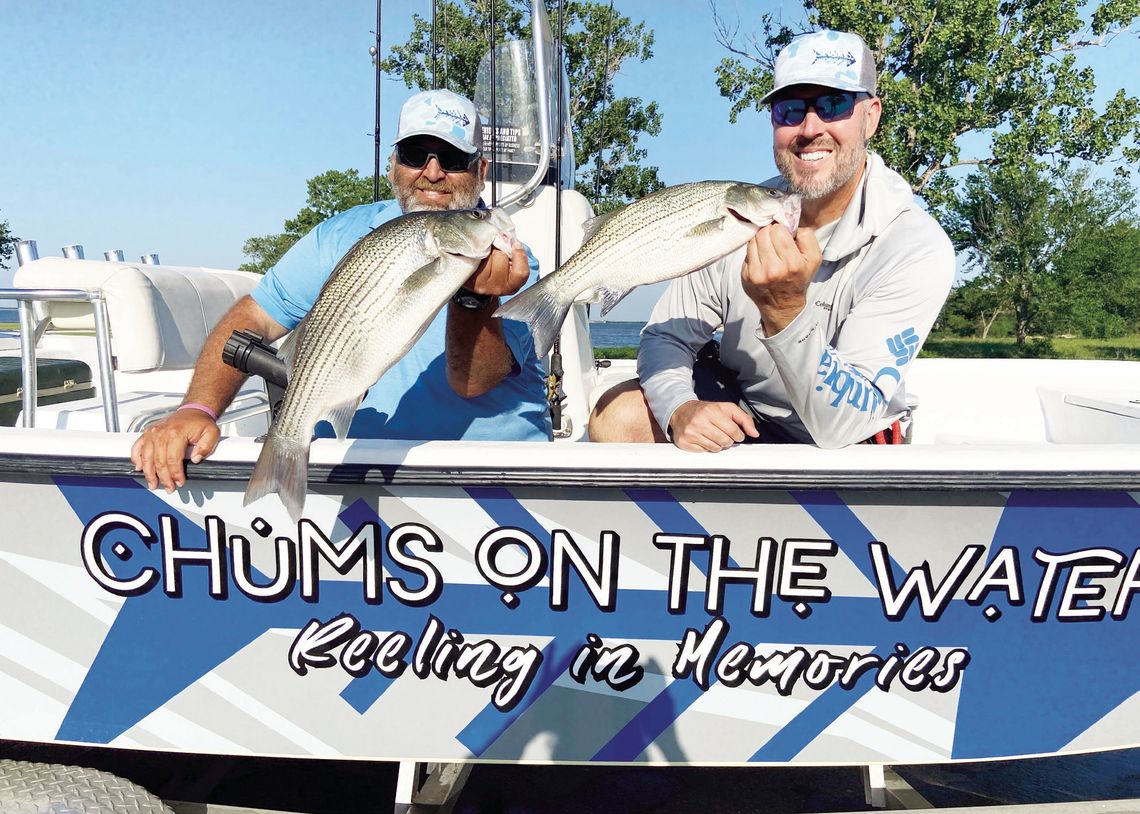Lake Tawakoni and I go back a long, long way. I remember my first time to fish the lake back in the mid sixties. We fished from the bank around Rabbit Cove and landed all the crappie the law allowed. When I first began my career as an outdoors writer in the mid eighties, fishing at Tawakoni was a frequent topic of my columns. I’ve fished with and written about many guides through the years, a couple of the ‘originals’ are still guiding there.
When Casey Laughlin with Chums on The Water Guide Service invited me to fish with him and his partner Brett Kilmer, the other half of the guide service, I was all in. Through the years, I have fished with many ‘new’ guide services and absolutely love helping newcomers to guiding get the word out about their operations.
We met and launched at the newly constructed Sabine River Park and launch ramp near the dam where the old Holiday Marina once stood. This was my first time to visit the place in several years and I was amazed to see the old familiar marina was gone, replaced by a gazebo, large parking area and new boat ramps. I set down with my newly found friends on the tail gate of my truck and probably bored them with a bit more history on hybrid striper fishing there at Tawakoni than they cared to learn. I told them about catching my largest hybrid that tipped the scales at almost 14 pounds off Sun Point back in ’88 while fishing with guide Rex Bridges. Rex still guides striper trips at Lake Texoma but in the eighties and early nineties, Tawakoni was his home waters.




